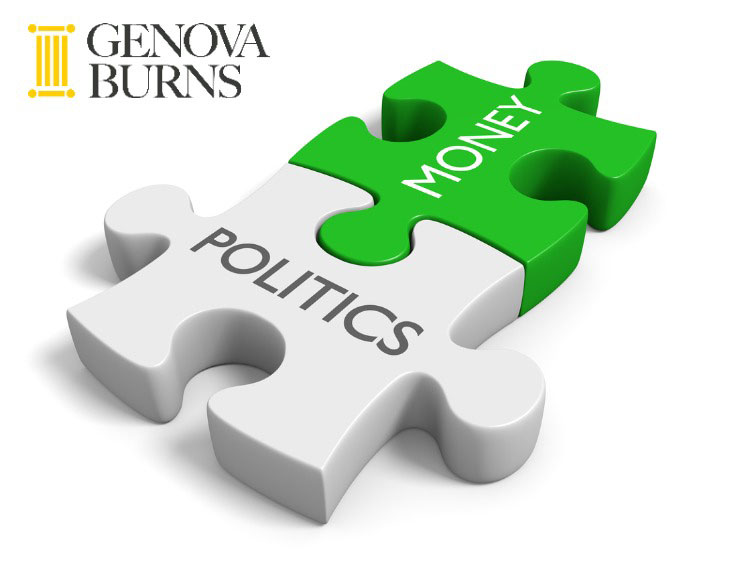A Brief Introduction to the History and Theory of Campaign-Finance Law, Part 1
May 3, 2021
Recently on our blog, we have considered the nuances surrounding pay-to-play laws, election cycles, and refunds of contributions. But, as we continue to cover these and other topics deep in the weeds of political law, it is worth taking a step back to review the history and theory of campaign-finance laws in the United States.
Following Watergate, the US Congress passed a series of amendments to the Federal Election Campaign Act of 1971 that placed limits on political contributions and expenditures, and imposed reporting requirements, all under the jurisdiction of the Federal Election Commission.
The US Supreme Court, in Buckley v. Valeo (1976), considered whether these restrictions were consistent with the First Amendment’s protection of speech. As a starting point, the Court recognized that political speech is an area of the most fundamental First Amendment activities. The Court also recognized that political speech necessarily involves campaign funds:
Virtually every means of communicating ideas in today’s mass society requires the expenditure of money. The distribution of the humblest handbill or leaflet entails printing, paper, and circulation costs. Speeches and rallies generally necessitate hiring a hall and publicizing the event. The electorate’s increasing dependence on television, radio and other mass media for news and information has made these expensive modes of communication indispensable instruments of effective political speech.
In the Court’s estimation, limitations on the funding of campaigns were equivalent to limitations on political speech. And thus the new limitations found in the amendments to the Federal Election Campaign Act could only be upheld if there was a compelling justification.
The Court ultimately upheld the then-current contribution limit of $1,000 per candidate from an individual, as well as the reporting and disclosure requirements which are now familiar in the political world, justifying these laws as necessary to prevent corruption or the appearance of corruption. The possibility of having one individual bankroll an entire campaign or even a significant portion of a campaign through large contributions was enough to create an appearance of corruption, and therefore the per-election contributions limits were legally justifiable despite this infringement on First Amendment-protected political speech.
In contrast, overall limits on what campaigns could spend failed to meet this high standard because a candidate spending large amounts on a campaign (so long as those funds were raised in accordance with limits) did not give rise to any appearance of corruption. For this reason, expenditure limits by a candidate were struck down as unconstitutional.
The Buckley decision and the cases that followed resulted in a situation where campaigns are generally free to spend as much money as they want, but must raise that money in small-dollar increments. (There are exceptions to these rules: as we know, New Jersey gubernatorial candidates that agree to receive public financing must comply with expenditure limits; some states allow individuals to contribute without limits to candidates.) For example, according to FEC records, in the 2020 presidential election, Biden for President had total expenditures in excess of $1 billion while Donald J. Trump for President, Inc. spent nearly $800 million, all raised in increments of $2,800 per election from each contributor.
We will consider the after-effects of Buckley, and more recent developments in the history of campaign-finance law in Part II of this series.
Avi D. Kelin, Esq. is Counsel in Genova Burns LLC’s Corporate Political Activity Law Practice Group and Chair of the firm’s Autonomous Vehicle Law Practice. He can be reached via email here or call 973.533.0777.
An earlier version of this post appeared in InsiderNJ.
Tags: Genova Burns LLC • Avi D. Kelin • Corporate Political Activity Law • Campaign Finance • FEC • Federal Election Commission • Pay to Play

